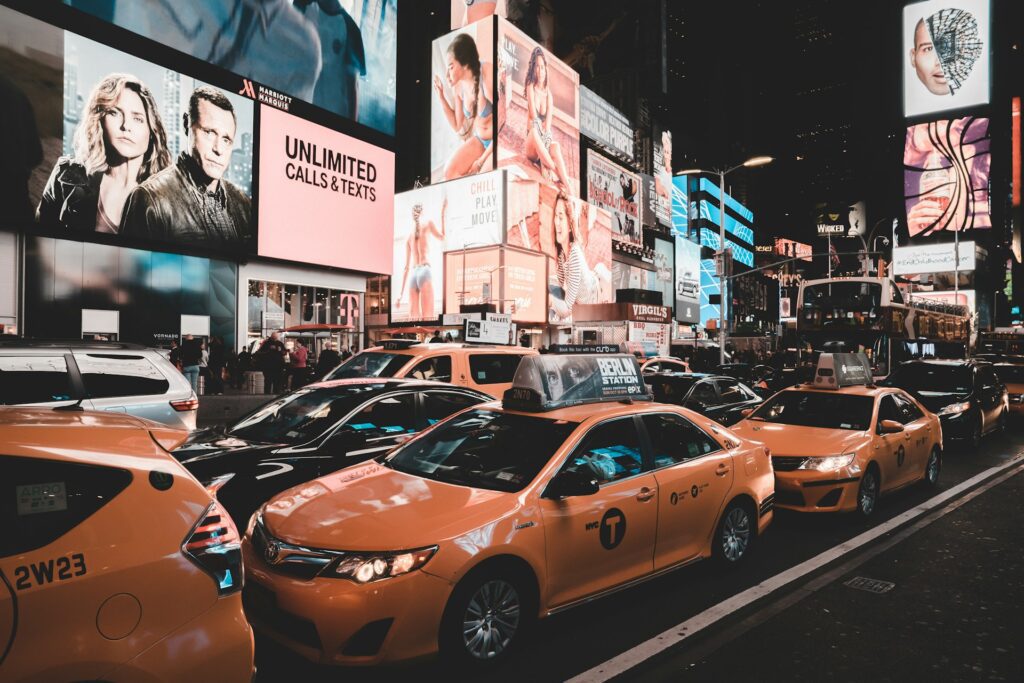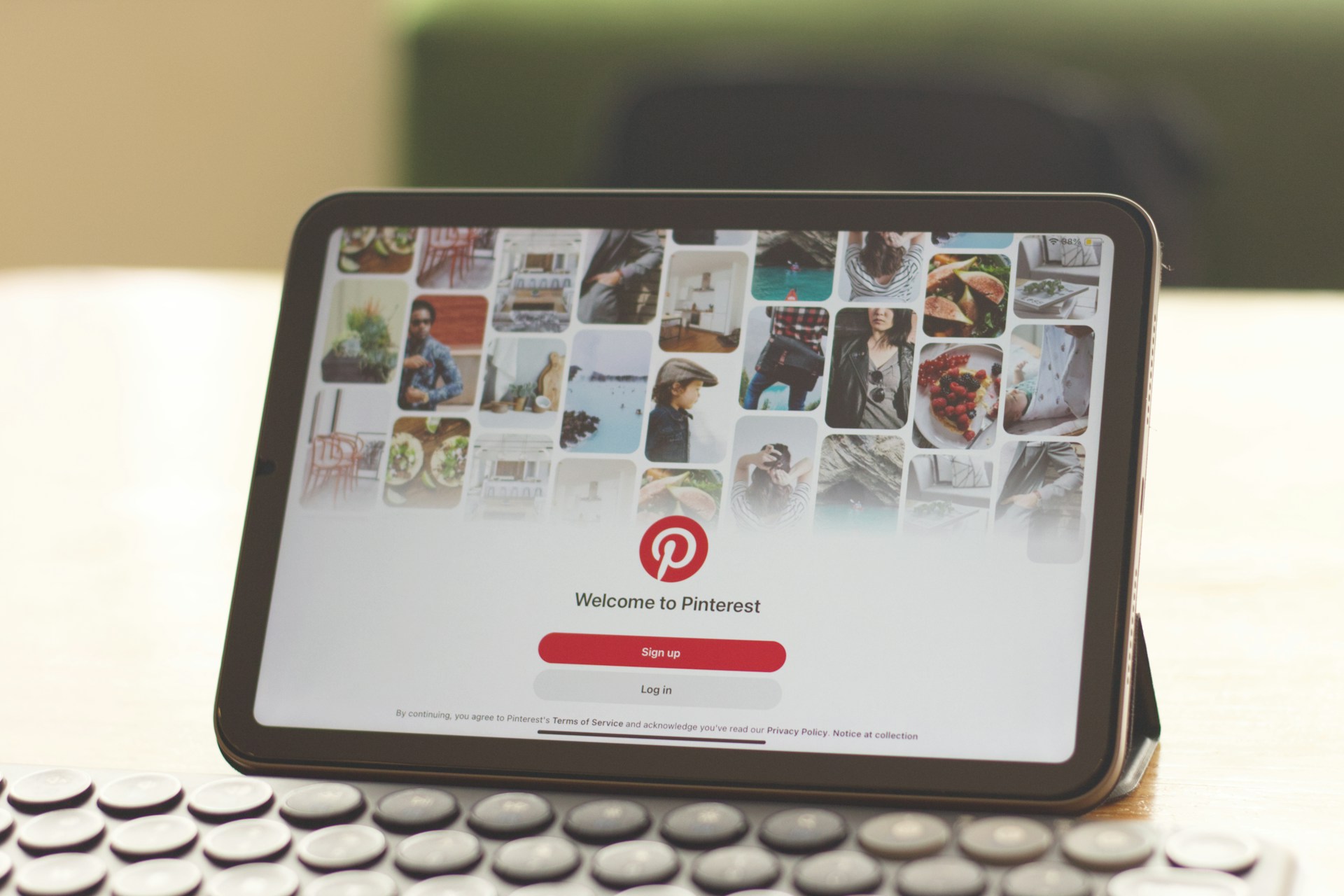
As a business owner navigating the complexities of the modern marketplace, you’re constantly seeking the most effective strategies to reach your audience, build your brand, and drive sales. In the ongoing debate of “Traditional vs. Digital Advertising,” it’s easy to fall into the trap of thinking it’s an either/or choice. But here’s a truth The Social Rook consistently preaches: in today’s diverse and fragmented media landscape, the most powerful advertising strategies aren’t about choosing one over the other. They’re about understanding why you need both.
You’ve invested time and resources into your marketing efforts, striving for maximum impact and measurable ROI. You might be weighing the tangible presence of a billboard against the precise targeting of a digital ad. This comprehensive guide will dissect the unique strengths of both traditional and digital advertising, revealing why a strategic integration of these two powerful forces can create a synergistic marketing ecosystem that amplifies your reach, strengthens your brand, and ultimately drives unparalleled growth for your business.
Beyond the Divide: A Unified Approach to Modern Marketing
The notion that traditional media is dead and digital is the sole future is a simplistic one. The reality is that consumers move seamlessly between channels throughout their day. They listen to the radio in the car, browse social media on their phones, watch TV in the evening, and search for products online. A truly effective advertising strategy meets your audience where they are, on multiple touchpoints, reinforcing your message and building a cohesive brand experience. This isn’t about competition; it’s about collaboration and leveraging the unique strengths of each medium.
1. Traditional Advertising: The Foundation of Broad Reach and Trust
Traditional advertising encompasses established media channels like TV, radio, print, and outdoor billboards. While digital has revolutionized targeting, traditional media still holds immense power for building widespread awareness and conveying a sense of established credibility.
- Mass Reach and Awareness: For instantly reaching a large, diverse audience, traditional channels are often unparalleled. A primetime TV commercial or a prominent billboard can achieve massive impressions, rapidly building brand recognition and recall that digital alone might struggle to replicate at the same scale.
- Credibility and Authority: There’s an inherent sense of trust often associated with traditional media. Seeing your brand advertised on a major TV network or in a respected newspaper can lend an air of legitimacy and authority that helps overcome initial consumer skepticism.
- Tangible and Memorable: Print ads, direct mail pieces, or even the sheer physical presence of a billboard offer a tangible experience. They can be held, seen repeatedly, and often feel less ephemeral than a fleeting digital impression, potentially leading to stronger memorability.
- Local Market Domination: For businesses deeply rooted in a specific geographic area, local radio, community newspapers, and strategically placed outdoor ads can be incredibly effective at capturing local attention and fostering community ties.
- Less “Ad Fatigue” in Specific Contexts: While digital platforms can sometimes overwhelm users with ads, traditional channels, in certain contexts (like a well-placed magazine ad in a niche publication), might feel less intrusive and more impactful.
Why it Complements Digital: Traditional advertising excels at the top of the funnel – building widespread brand awareness and creating the initial spark of recognition. It helps lay the groundwork of trust before a potential customer even encounters your digital presence.
2. Digital Advertising: Precision, Personalization, and Measurable ROI
Digital advertising utilizes online channels like search engines, social media, websites, and apps to deliver highly targeted messages. Its core strengths lie in its unparalleled precision, real-time measurability, and dynamic adaptability.
- Hyper-Targeting and Personalization: Digital platforms allow for incredibly granular audience segmentation based on demographics, interests, behaviors, online activity, and even past interactions with your brand. This ensures your message reaches the exact right person, at the exact right time.
- Unparalleled Measurability and ROI: Every click, every impression, every conversion can be meticulously tracked. This provides real-time data on campaign performance, allowing for precise ROI calculation and rapid optimization to maximize efficiency.
- Cost-Effectiveness and Flexibility: Digital advertising can be highly cost-effective, with options for businesses of all sizes. Budgets are flexible, and campaigns can be launched, paused, or adjusted instantly, offering unprecedented agility.
- Direct Interaction and Feedback: Digital channels facilitate two-way communication. Customers can engage with your ads through comments, shares, and messages, providing immediate feedback and fostering direct relationships.
- Dynamic Content Formats: Digital platforms support a rich array of interactive content, from engaging video ads and interactive carousels to personalized dynamic product ads that cater to individual user preferences.
- Niche Market Access: For businesses targeting highly specific or niche audiences, digital advertising offers the precision tools to find and connect with these groups effectively.
Why it Complements Traditional: Digital advertising excels at the middle and bottom of the funnel – capturing intent, nurturing leads, driving conversions, and building deep customer relationships. It takes the brand awareness generated by traditional media and turns it into measurable action.
3. The Power of Synergy: When Traditional and Digital Converge
The most successful advertising strategies don’t view traditional and digital as adversaries, but as powerful allies in a unified marketing ecosystem. This synergistic approach amplifies your message and creates a seamless customer journey.
- Amplify Awareness and Drive Intent: A captivating TV commercial or a striking billboard can create initial brand awareness. This sparks curiosity, leading viewers to then search for your brand online (where your well-optimized Google Ads and organic SEO capture their intent).
- Reinforce and Retarget: Imagine a potential customer sees your ad on a bus stop, then later encounters your brand again with a targeted ad on their social media feed, showing them the exact product they just looked up on your website. This consistent reinforcement (retargeting) across channels is incredibly powerful.
- Bridge to Conversion: Use traditional media to drive traffic to specific digital touchpoints. A radio ad might direct listeners to a unique URL or QR code for an exclusive offer on your landing page. This allows you to track the digital impact of traditional efforts.
- Build Trust and Action: Traditional advertising builds macro-level brand credibility, while digital provides the micro-level personalization and direct call-to-action needed for conversion. The trust established offline can make online calls-to-action more effective.
- Data-Informed Traditional: Insights gleaned from digital campaign performance (e.g., audience demographics, top-performing messages) can inform and refine your traditional advertising creative and media buying decisions.
- Omnichannel Customer Journey: Customers rarely convert after a single touchpoint. A strategy that leverages both traditional and digital ensures your brand is present across their entire journey, from initial awareness to final purchase and beyond.
Practical Examples of Synergy:
- Local Service Business: Radio ads promoting your plumbing service during morning commutes (traditional) with geo-targeted Facebook/Instagram ads offering a first-time customer discount to residents in your service area (digital), and Google Search Ads capturing “emergency plumber” searches.
- E-commerce Brand: Full-page magazine ads showcasing beautiful product photography (traditional) driving to a website. Then, retargeting those website visitors on social media with dynamic product ads for the exact items they viewed (digital).
- B2B Software Company: Sponsoring an industry conference (traditional, building authority) and collecting business cards. Then, using LinkedIn Ads to retarget attendees with relevant whitepapers or demo offers (digital).
The Social Rook’s Integrated Marketing Philosophy: Your Path to Growth
The future of advertising isn’t about choosing sides; it’s about strategic integration. For business owners seeking to truly dominate their industry, a fragmented approach to marketing is a missed opportunity. Building a powerful, cohesive brand presence requires leveraging the unique strengths of both traditional and digital advertising in harmony.
At The Social Rook, we don’t just run campaigns; we craft comprehensive, integrated marketing strategies. We analyze your unique business goals, target audience behaviors, and competitive landscape to recommend the optimal blend of traditional and digital channels. We ensure your brand message is unified, consistent, and impactful across every single touchpoint, driving both broad awareness and measurable conversions. Our data-driven approach means every dollar you invest is optimized for maximum return, helping your business not just survive, but truly thrive.
Ready to stop limiting your advertising potential and start embracing a holistic approach that truly drives results? Partner with The Social Rook, your web design company in Charlotte, NC, and let us help you build an integrated advertising strategy that amplifies your reach, strengthens your brand, and fuels unparalleled growth. Because at The Social Rook, we believe in unlocking your business’s full potential, and sometimes, that means strategically using every tool in the shed.


